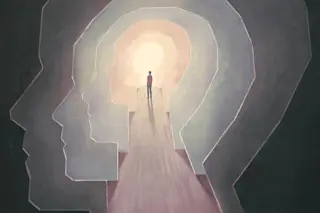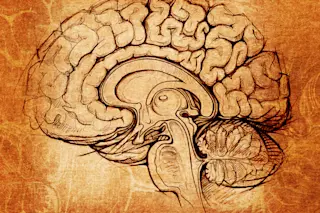The skinny jeans, the progressive politics, the Instagram photos: Hipsters, like goths and punk rockers before them, have become a cliché. And we've all become more like them as well. Now math has shown the reason why. A new mathematical model shows that our collective strivings for individuality end up accomplishing the opposite, even if we’re aiming toward different points of “weird.” It’s just math, says, Paul Smaldino in a paper just published in the journal Royal Society Open Science. Smaldino created a model of how human behavior adds up into collective conformity, precisely because we want to be individuals. Yet the takeaways contain a morsel of hope for how radical individuals can still change the broader society.
To understand why, consider a model population of people. They all have:
a point along the spectrum of diversity (from sweater vests to tattoo sleeves)
knowledge of where that point is relative ...












